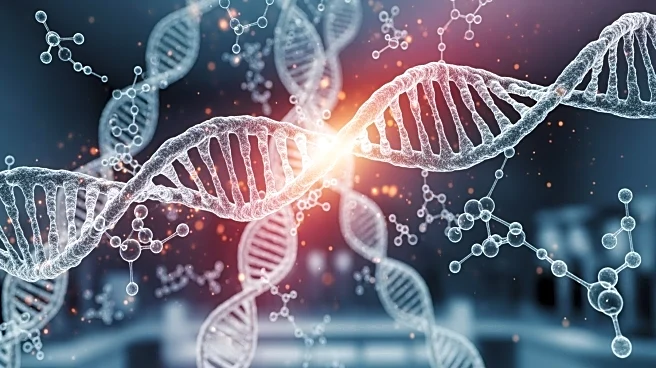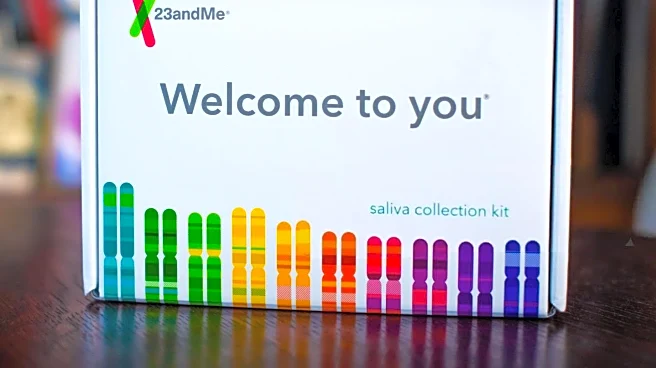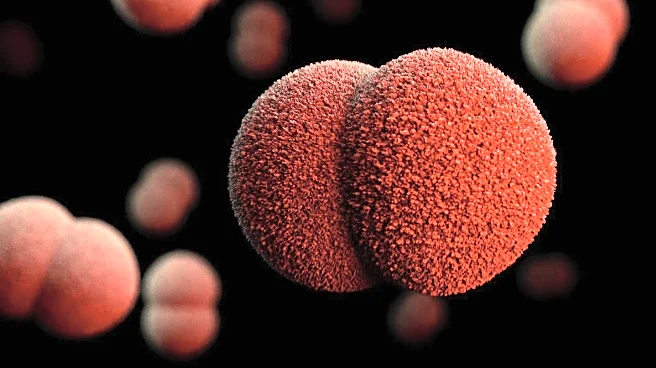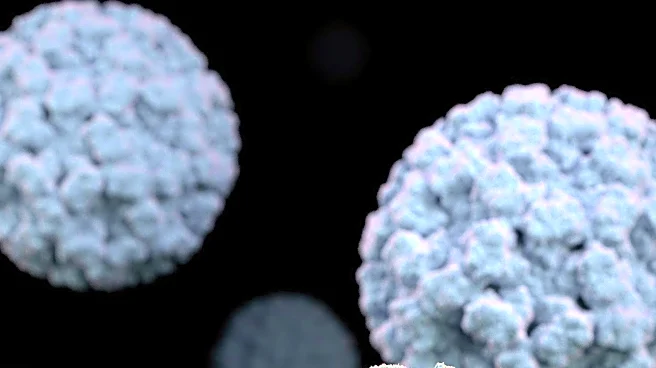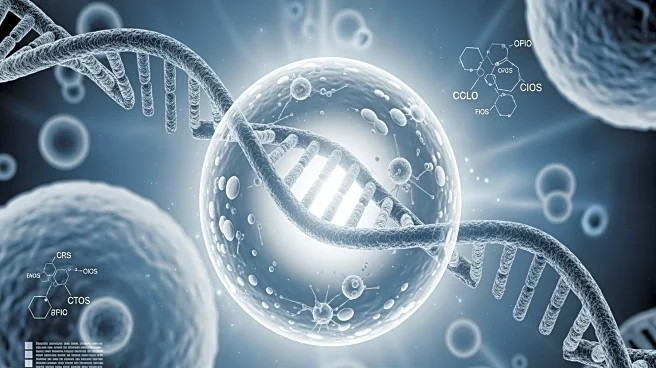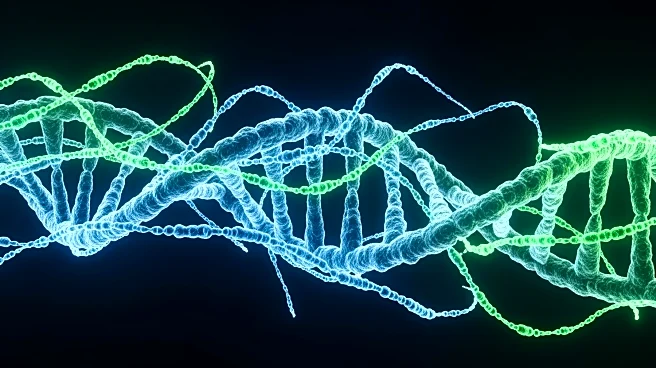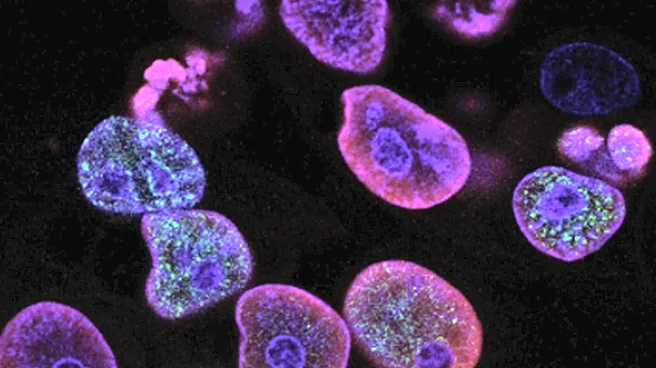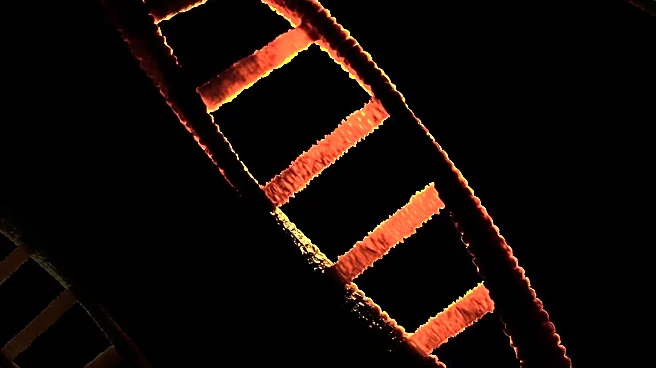What's Happening?
A recent study has explored the activation of enhancers from transposable elements within extrachromosomal DNA (ecDNA) in cancer cells. Researchers used various genomic techniques, including Hi-C and whole-genome
sequencing, to investigate chromatin interactions and structural variations in colorectal cancer cells. The study found that certain repetitive elements, such as LINE, SINE, and LTR, overlap with enhancer-like elements (EIEs) in ecDNA. This overlap suggests that these elements may play a role in the regulation of gene expression in cancer cells, potentially contributing to cancer progression.
Why It's Important?
The findings of this study have significant implications for understanding the genetic mechanisms underlying cancer. The activation of enhancers from transposable elements in ecDNA could influence gene expression patterns, leading to uncontrolled cell growth and cancer development. By identifying these elements and their interactions, researchers can gain insights into the molecular drivers of cancer and potentially identify new targets for therapeutic intervention. This research highlights the complexity of cancer genomics and the need for advanced techniques to unravel the intricate networks of gene regulation.
Beyond the Headlines
The study raises important questions about the role of transposable elements in human evolution and disease. While these elements have historically been considered 'junk DNA,' their involvement in enhancer activation suggests they may have functional roles in gene regulation. This challenges traditional views of genome organization and highlights the dynamic nature of the genome. Further research is needed to explore the broader implications of these findings for human health and disease.
